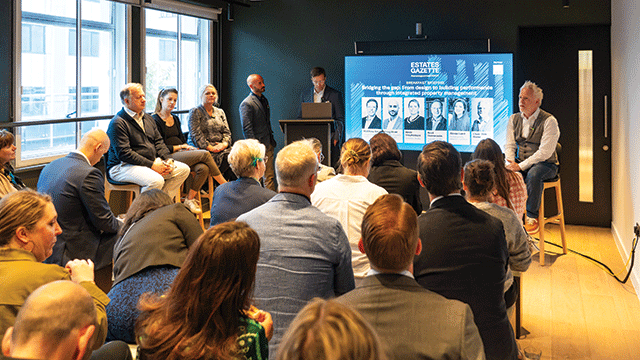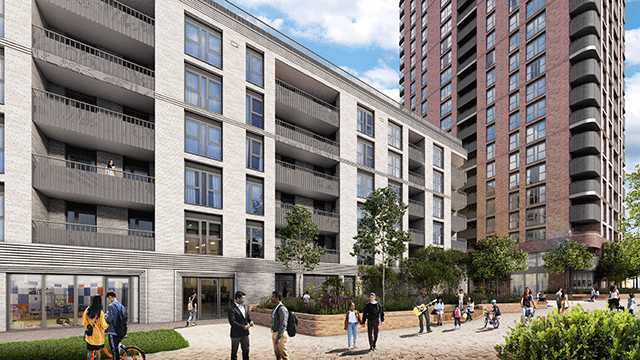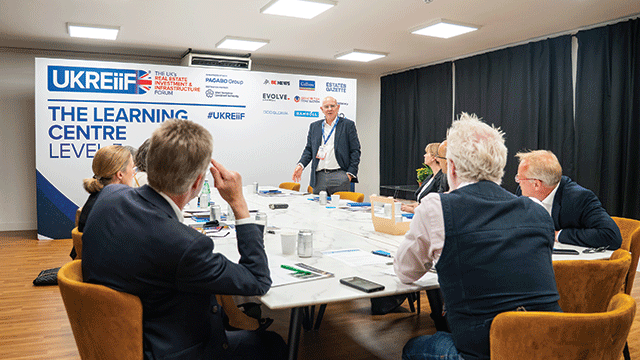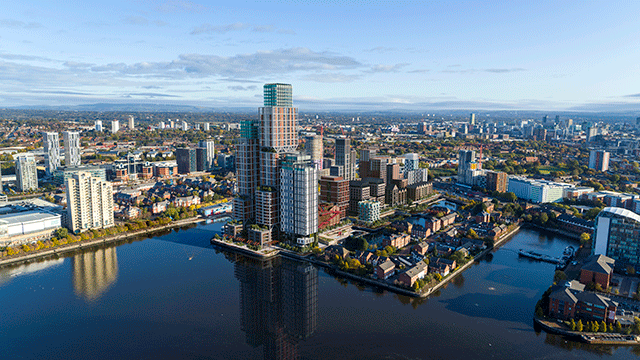Paris is regarded by many property players as the second-safest place to invest, after London. The arguments are stacked in favour of the French capital. It offersa wealth of prime property to choose from, as well as a broad tenant mix and, until recently, healthy rental indexation –all sound reasons for anyone to put their money overthe short, medium, or long term.
Investment volumes for Paris and the surrounding Ile-de-France region totalled a mere €395m, 86% down on the same period the previous year, according to French research conglomerateImmostat. This is partly because over the first quarter of the year investors have favoured small lot sizes.
“We could not have imagined thatinvestment volumeswould go so low,” saysChristophe Pineau, BNP Paribas Real Estate head of research. If the first quarter of this year is an indicator of things to come, then total investment in 2009 could amount to around €2.5bn.
“Growth to come in 2010”
“The less bad news we get on a macro-economic level, the better,” he says, adding:“The market should see a slightlybetter third and fourth quarter than the first half of this year.”
Henderson New Star’s Paris-based head of French investments, Chris Linney, agrees. “We haven’t had any bad news for a while now, so perhaps people are thinking that now is about the right time to spend,” says Linney.
Henderson New Star hasreceived several offers for a prime asset it is selling in the centre of Paris. Valued at around €30m, the Rue du Faubourg Saint-Honoré property is one of several put on the market by a range of owners in Paris this year.
“The hunting ground for investors is really the €20m-€40m bracket,” says Linney. However, two major deals closed in June: one in Paris and one in the centre of Lille, in the north of the country.
Fund manager MGPA’s €210m purchase of the Trois Quartiers in the French capital asset from Hammerson reflected a yield of above 9%. Despite the price, which wasat a heavy discountto 2008 prices and around 250 basis points more than the Paris average yield, the deal represented half of the total investment made in the Paris region in the whole of the first quarter.
Pramerica’s €160m purchase of Foruminvest’s Le31 shopping centre in Lille, at a 6% yield, was announced days after the sale of Trois Quartiers. The two deals were the talk of Paris, not simply for their size, but also for the parallels in financing.
German banks provided both MGPA and Pramerica with the money for the investments. Deutsche Postbank, Landesbank Hessen-Thüringen (Helaba)and Westdeutsche Immobilienbank(WestImmo) provided €140m for MGPA’s acquisition, while WestImmo and Deutsche Genossenschafts-Hypothekenbank(DG HYP) provided some €50m for Pramerica.
WestImmo also financed RREEF’s acquisition of Société Foncière Lyonnaise (SFL)’s Boulevard Haussmann asset in June. Helaba, meanwhile, part-financed French OPCI STAM Europe’s €80m purchase of a project prelet to rail operator SNCF in Clichy, north Paris.
The availability of finance for larger deals may have dried up, but there is evidence that a small number of investors are finding funds from individual lenders or clubs. “Although the structuring of the financing took quite some time, we managed to convince both the vendor and the bankers we were serious,” says MGPA’s head of French acquisitions, Olivier Vellay. “We haven’t seen many investors being able to do that.”
MGPA also received around €30m of vendor finance from Hammerson. Finance may slowly be becoming easier to find. But as investors know only too well, finding banks willing to provide finance forlarger deals is still an issue€30m isthe point above which mostbanks become reluctant to lend.
This has resulted in the centre of Paris becoming something of a hive of activity for smaller assets. As well as four properties being placed on the market by SFL earlier this year, Gecina, Generali and Aviva are all in the process of selling small central Paris assets, either within the central business district or on its periphery.
Pramerica followed up its Lille acquisition with the purchase of SFL’s Rue Beaubourg office asset for €22.3m. The property is let to the French ministry of culture and communication. Pramerica is now focusing its energies on core assets.
“There’s been a change of strategy for us,” explainsFrédéric Perdriau, the fund manager’s managing director for France. “We have typically worked on core, core plus, developments and opportunistic deals. But now we are concentrated on core, prime property in the heart of Paris.”
As well as Paris office assets, Pramerica is also targeting retail and logistics. Perdriau acknowledges that now may be the time to move, prior to the market bottoming out. Fund-raising in the currentclimate, however, may not beso straightforward.
More big deals needed
Nevertheless, Allianz Real Estate’s chief executive, Olivier Piani, was happy to reportthat the property arm of the insurance firm was moving in on a €200m office deal in Paris this month. The market would welcome a few more deals of that size –mostinvestors are sitting and waiting.
“We receive many suggestions, and we are certainly keeping our eyes open,” says Philippe Depoux, chairman of Generali Immobilier France. “But we are being very selective. Instead of considering what’s being offered to us, we’re looking at our existing portfolio and asking ourselves what is missing.”
There may not be as many assets on the market as there were in the first quarter of 2008. But several companies are looking to sell property. One of note is HSBC,which is selling its Paris headquarters on the Champs Elysées. The assetis estimated to be worth around €350m.
In the same area, French property companies Icade and Klépierre are both looking to offload large assets. Both Icade’s Avenue Friedland and Champs Elysées properties, let to Deutsche Bank and law firm Shearman & Sterling respectively, are for sale. Also for saleis Klépierre’s Espace Kléber building in Avenue Kléber, which is the Paris headquarters of Credit Suisse. Commerz Real is understood to have expressed an interest in the 9,800 m2 property, worth around €100m.
Société Générale Asset Management is selling its Rue de la Baume asset for around €25m in the 8th arrondissement of the French capital. Hammerson may still sell its Rue de l’Université office asset near the Left Bank of the Seine, having first tried to sell it in 2007. German fund MEAG has also recently tried to sell assets it owns in the French capital, including a central property in Rue d’Astorg.
Some players have been successful at sellingreal estate. For example, Morgan Stanley’s French REIT, Compagnie la Lucette, found a buyer for its 17,000 m2 Clichy asset in May, while its Radisson hotel asset in Boulogne-Billancourt on the edge of Paris was sold to Algonquin Asset Management in March. La Lucette is looking to sell as much as €200m of assets this year.
SFL has found buyers for property it placed on the market. Invesco, RREEF and Pramerica all bought real estate from the French firm. Aviva and LaSalle Investment Management found a buyer for its Rue la Boétie asset, for which the joint venturepaid €53m in late 2006. The property was last month sold to Swiss Life for around €46m at a 5.9% yield, say sources.
Real estate let on long leases, to safe tenants, preferably in a prime location and with a price tagbelow €50m, ticks most boxes for Paris investors.
Sale–and–leaseback portfolios, such as the €1bn of property being sold by French car manufacturer Renault, will take longer to sell. France’s defence ministry is also looking to agree a sale–and–leaseback deal on its 12 Île-de-France assets, worth around €1bn. The ministry will eventually consolidate its Paris space and move to one site at Balard on the edge of the city.










